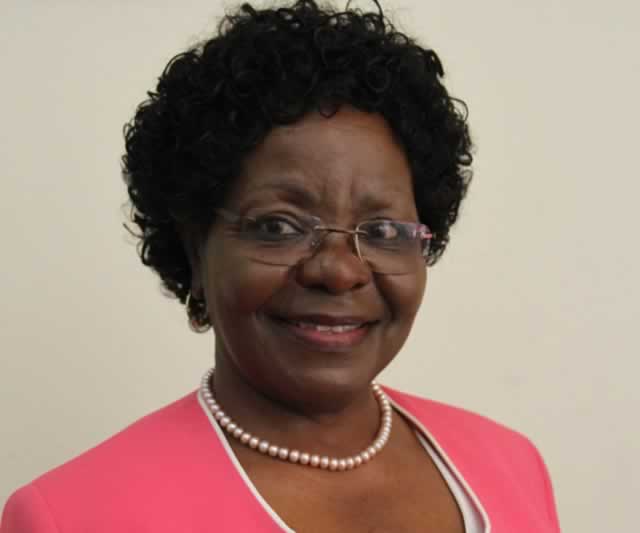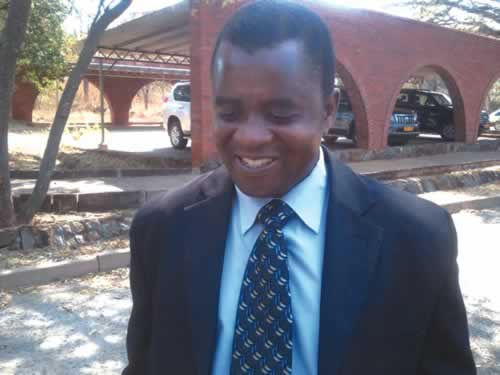
The Sunday News

How many people are employed?
5,7 million plus — Minister Sithembiso Nyoni
5,2 million plus — ZimStat
1,2 million plus — ZCTU
SINCE the country started experiencing economic challenges after year 2000, many industries started feeling the pinch resulting in most of them scaling down or closing down completely.
This resulted in massive retrenchments rendering many people unemployed.
Some people who were retrenched, started their own small businesses, some took advantage of the Government’s land reform programme to venture into farming while some skipped the country to seek jobs in neighbouring countries.
The situation created new puzzles in Zimbabwe on how people, in spite of the evident job losses, managed to find ways to survive.
Among those new puzzles was the issue of defining what employment was and coming up with the correct picture of how many people were employed or unemployed in the country.
According to the common definition proffered by those in human resources, employment is an agreement between an employer and an employee that the employee will provide certain services on the job, and in the employer’s designated workplace, to facilitate the accomplishment of the employer’s organisation’s goals and mission, in return for compensation. The agreement can be verbal, implied, or an official employment contract.
However, when those workers who were retrenched started venturing into self-help projects, a number of issues in defining employment became debatable.
Since most of them worked on their own, the conventional definition of employment became debatable, complicating how the country measured and would measure issues such as the unemployment rate.
Zimbabwe’s official data capturing organisation — ZimStat — defines people who are employed as those who fall in the paid employee, employer, own account worker and unpaid family worker.
It describes those who are not employed as those who had done no work and are looking for work and are available for work.
As such the number and rate of employment has remained a contentious issue resulting in different figures being thrown about.
In its latest report on the 2012 Census, ZimStat said out of the economically active population, 11 percent were unemployed while 89 percent were employed.
The organisation said that the population age of 15 years and above in Zimbabwe was 7 661 295 and 67 percent of this population was economically active from which the employment figures were derived.
“The total number of unemployed people was 566 787,” said ZimStat.
Since most workers are said to be either self-employed or employed in small business, Government through the Ministry of Small and Medium Enterprises Development supports these high figures adding that in fact, it was much higher.
SMEs Development Minister, Cde Sithembiso Nyoni told Parliament last month that 5,7 million people were working in the informal sector only, meaning in addition to those in the formal sector the number of employed people in Zimbabwe was much higher than just 5,7 million.
“There is talk of unemployment but you see Zimbabweans everywhere, hustling up and down to earn an honest living . . . 5,7 million people are engaged in the small and medium enterprise sector with an annual turnover of $7,4 billion,” she said then.
In an interview last week, Cde Nyoni defended the figures saying these figures came from a reputable organisation — the World Bank.
“The study did not come from us but from the World Bank and that study was done by well-trained and professional people,” she said.
Cde Nyoni added that the 5,7 million jobs she was referring to were created by ‘‘economic liberators of the country’’.
She said: “We are talking here about someone who has a sewing machine and is working and employing people.
There are people who are into cross-border trade and doing business. We should give these people a thumbs up because they did not wait for someone to create jobs for them but have created their jobs on their own.”
However, the Zimbabwe Congress of Trade Unions whose membership solely focuses on those formally employed in industry, said such figures were not true.
ZCTU secretary general, Mr Japhet Moyo said the figures were just manipulated to suit a certain agenda.
“We believe that such figures are misleading and politicking and would like to challenge the minister to show us where these jobs have been created. If indeed there are such jobs, why are millions of our children in the streets looking for jobs?” he said.
Mr Moyo said the figures portray a picture of Zimbabwe doing well in terms of employment creation yet the National Social Security Authority figures provided in the organisation’s 2014 annual report, showed the country had a working population of 1 332 228 in 2012 and 1 208 402 last year.
“In any case, how come these small businesses are not remitting their statutory obligations to both NSSA and the treasury if they are genuine businesses? And as a minister responsible for them, why has she left the situation like that? We urge the minister not to play to the gallery and politicking when discussing issues of national importance,” he said.
But Minister Nyoni accused ZCTU of failing to appreciate that Zimbabweans had moved on from working for others to become self-employers.
“‘The problem is that we don’t believe and support anything good said about us. There are people who still believe that it is only the outsiders or the whites who are capable of doing anything good,” said Cde Nyoni.
She said organisations like ZCTU were formed to represent the colonial masters and would never see anything good done by local black people.
Analysts also contend that it was difficult to come up with accurate information on the employment status in Zimbabwe and figures would always vary depending on what context one was looking at.
They argue that if using traditional methods it might look like many people have lost their jobs from the formal sector but the same people had now been accommodated in the informal sector.
Some, however, added that even though the Government was now basing their figures on the World Bank report, there was a need for further interpretation.
The report done with the help of South African organisation Fin Mark Trust states that there were 2,9 million employees and 2,8 million business owners in the sector taking the number to 5,7 million.
However, Fin Mark Trust head of information and research, Dr Kingstone Mutsonziwa was quoted after the release of the report saying the survey found out that of the 2,9 million employees, only 22 percent (about 638 000) were full time, while 26 percent were temporary or seasonal or contract workers, 22 percent were unpaid workers, nine percent were paid in kind, three percent were paid in kind and money, 14 percent were part-time workers and four percent were classified as others.
“Some of the employees could be family members. It could be a child helping in a business. It’s possible that I am running a business and my son who is 12 years old helps me. As long as they are helping you, we calculate that they are employed in the informal sector,” he said.



